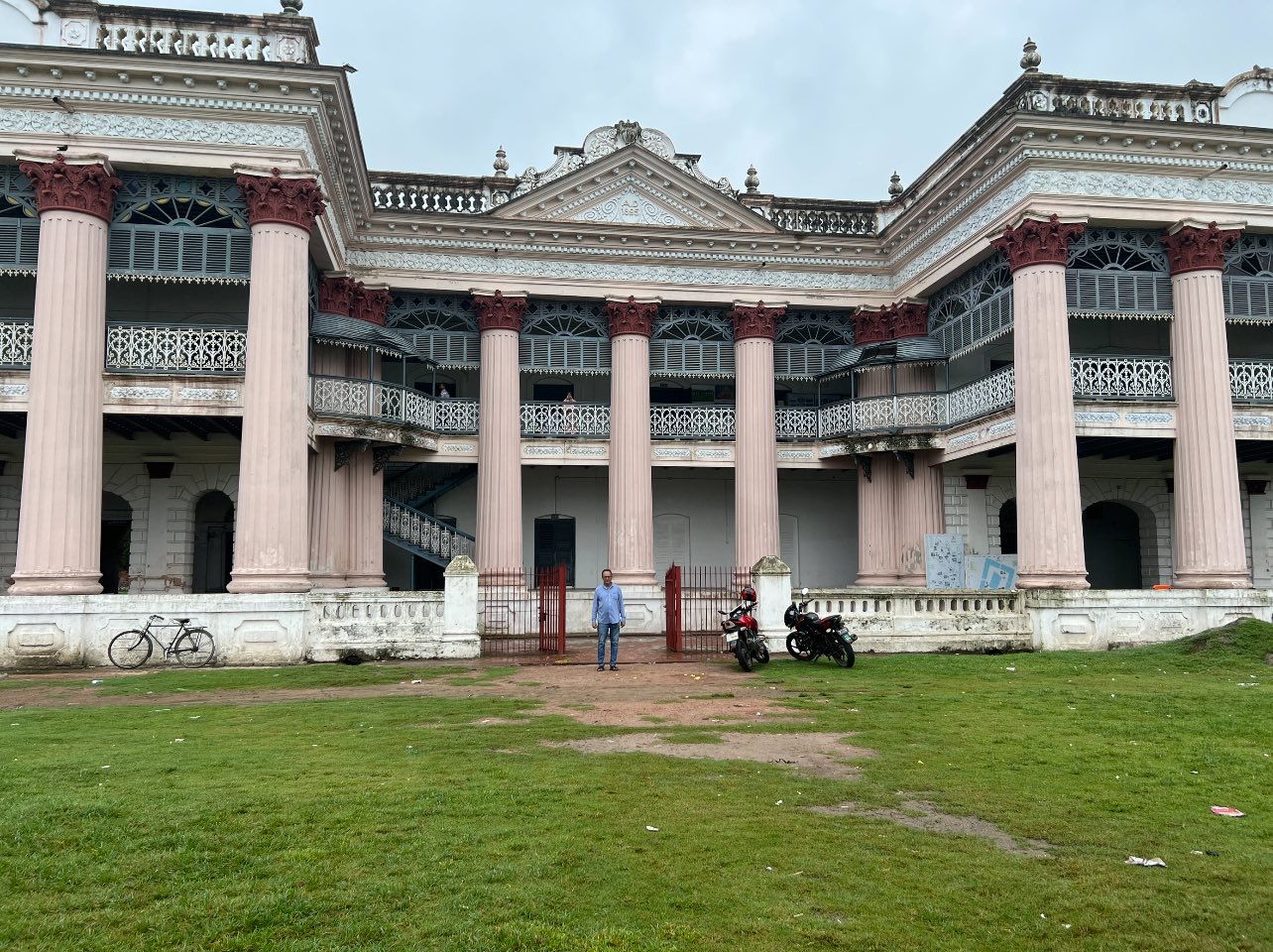News Flash

By Md Aynal Haque
RAJSHAHI, July 3, 2025 (BSS)- A large number of tourists from both home and abroad visit the historical, archaeological and natural sites and heritages across Rajshahi division every year as the region is enriched with centuries-old cultural legacies and monuments.
Prof Saifuddin Chowdhury, former director of the Varendra Research Museum, said the prospects of expanding, flourishing and promoting the tourism sector in various areas of the division are very bright, as these historical sites continue to attract both domestic and international tourists.
Talking to BSS, he illustrated various existing historical and archaeological treasures spread across the division.
The Varendra Research Museum, the oldest museum in Bangladesh, is managed by Rajshahi University. Located just a kilometre from Rajshahi Zero Point, the museum offers a fascinating journey through history for visitors and researchers alike.
Prominent researcher Shafiuddin Ahmed remarked that the Rajshahi division is rich in history, culture, archaeology and natural beauty.
One of the significant archaeological heritages, Borokuthi, is located adjacent to the bank of the Padma River in Rajshahi city. Built in the 18th century, the two-storied Dutch structure with 12 rooms once served as a major centre for the silk trade conducted by Dutch and British traders.
Historical records suggest that following the fall of Nawab Siraj-ud-Doula in 1757, the East India Company acquired Borokuthi, which was later sold to Robert Watson and Company in 1833. After the 1947 partition, it was used as a government supply centre, and Rajshahi University acquired it in 1953. For many years, the building served as a club for university teachers and officials. Recently, it has been handed over to the Department of Archaeology for preservation and development.
In Bogra district, about 13 kilometres north of the town along the Dhaka-Rangpur highway, lies Mahasthangarh, one of the largest archaeological sites in Bangladesh. The site features the ruins of the ancient city of Pundranagara and multiple isolated mounds-such as Bairagir Bhita, Govinda Bhita, Parasuram Palace, Khodar Pathar Bhita, and Man Kalir Kunda-spread over an eight-kilometre radius, indicating the expanse of this ancient provincial capital.
Nearby, in the village of Gokul, the site known as Gokul Medh or Behular Bashar Ghar is located. This 13-meter-high podium with 172 blind cells dates back to the 6th century when a Buddhist stupa was constructed. During the Sena rule in the 11th century, another temple was built atop its ruins. The substructure is decorated with floral and geometric motifs made of ornamental bricks.
Another significant site, the Paharpur Buddhist Vihara in Naogaon district, was inscribed on the UNESCO World Heritage List in 1985. Constructed under the second Pala king, Dharmapala, the monastery spans 281 metres on each side and consists of 177 monastic cells. At the centre of its vast courtyard stands a 21-metre-high central shrine built with burnt bricks and adorned with terracotta plaques.
Dr Naheed Sultana, regional director of the Department of Archaeology, informed BSS that extensive development has taken place around the Mahasthangarh Museum, which now sits on six acres of newly acquired land. Additionally, steps are underway to expand tourism facilities across 17 monument sites in the region, potentially transforming the northern region into a thriving tourist destination.
One of the architectural marvels of Bengal, the Kusumba Mosque, also located in Naogaon, is often referred to as the "Black Gem of Bengal". Built in 1558 by patron Sulayman during the reign of Ghiyath al-Din Bahadur Shah, the mosque was constructed using dark black-basalt stones transported from Bihar's Rajmahal hills. Situated beside a large tank, the mosque features a courtyard and has remained well-preserved over the centuries.
In Puthia Upazila, just 23 kilometres from Rajshahi city, stands the magnificent Puthia Palace. Known for its stunning Greek-style architecture and beautifully landscaped gardens, the palace draws history enthusiasts and tourists alike. Originally belonging to landlord Laskar Khan Nilambar, the palace was restored in 1895 by Queen Hemanta Kumrari of Natore after an earthquake.
Puthia is also famous for housing the highest number of historical temples in Bangladesh, many of which are adorned with exquisite terracotta decorations. The estate, established by the Mughals in the 17th century, is enclosed within a moat and features notable temples such as the Pancharatna Govinda Temple, Jagadhatri Temple, and a large Shiva Temple.
A museum has been established in the Puthia Rajbari, which now showcases a wide array of antiquities. According to Shaoli Talukder, Assistant Custodian of Puthia Rajbari Museum, the site has long remained a vital symbol of the region's rich history and tradition.
Experts say that with increased investment, conservation, and promotion, Rajshahi division can become one of the most vibrant tourist destinations in the country.